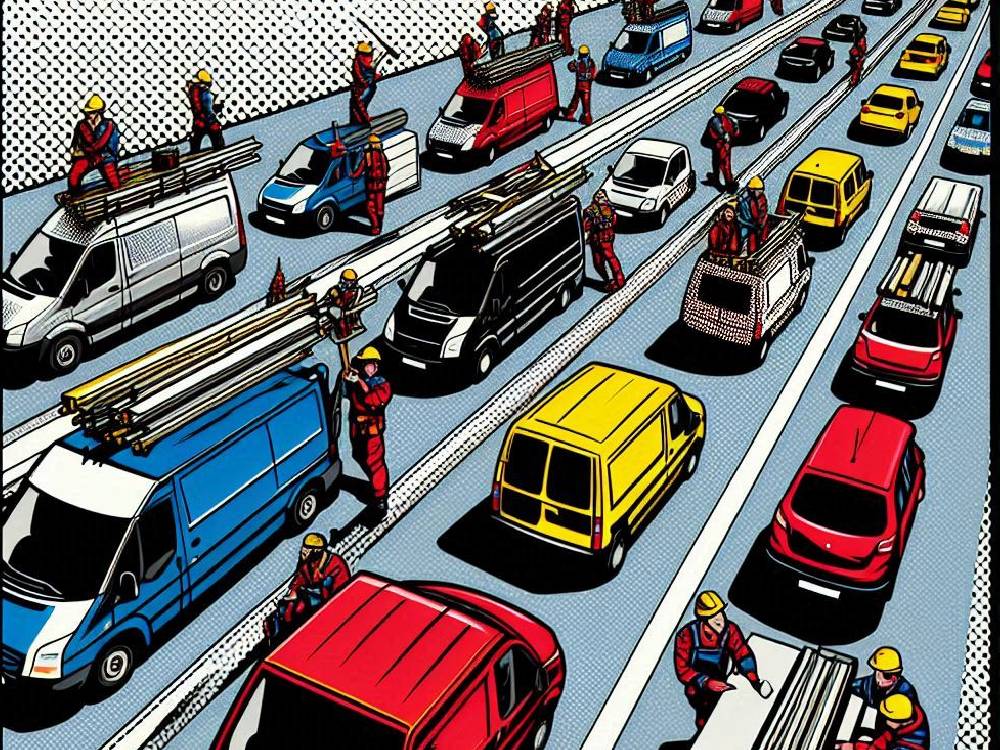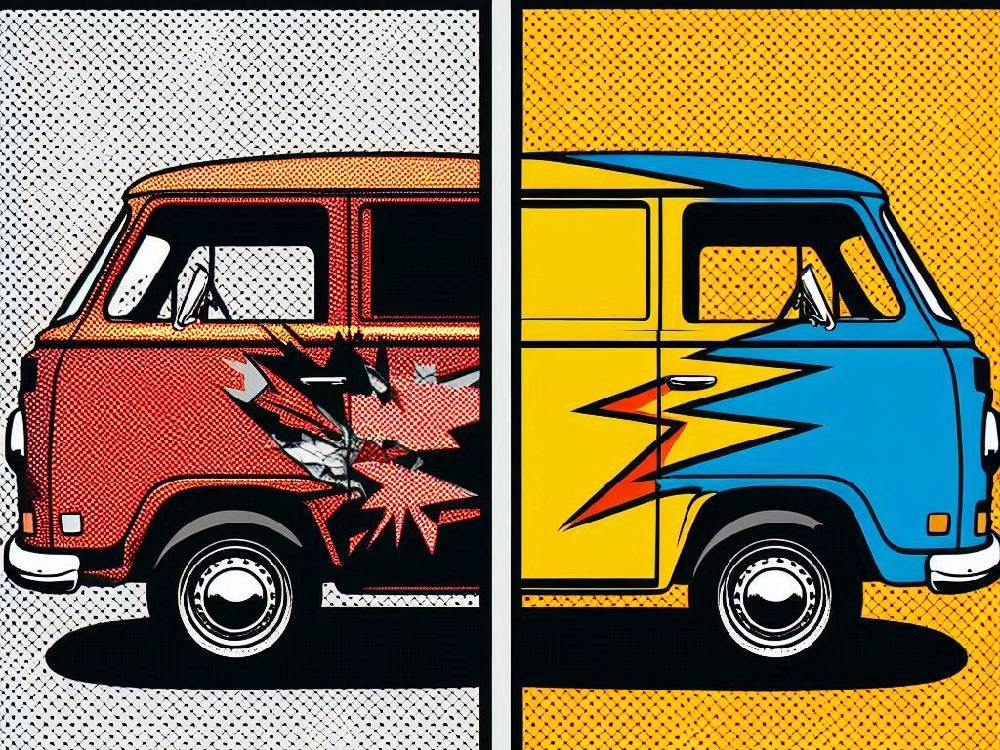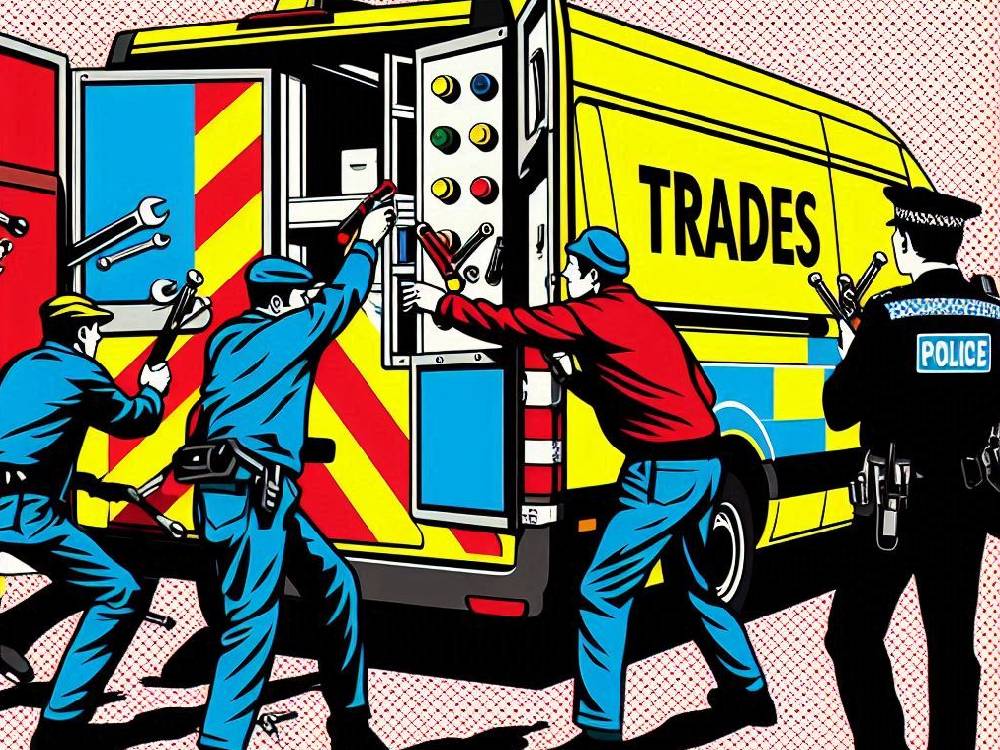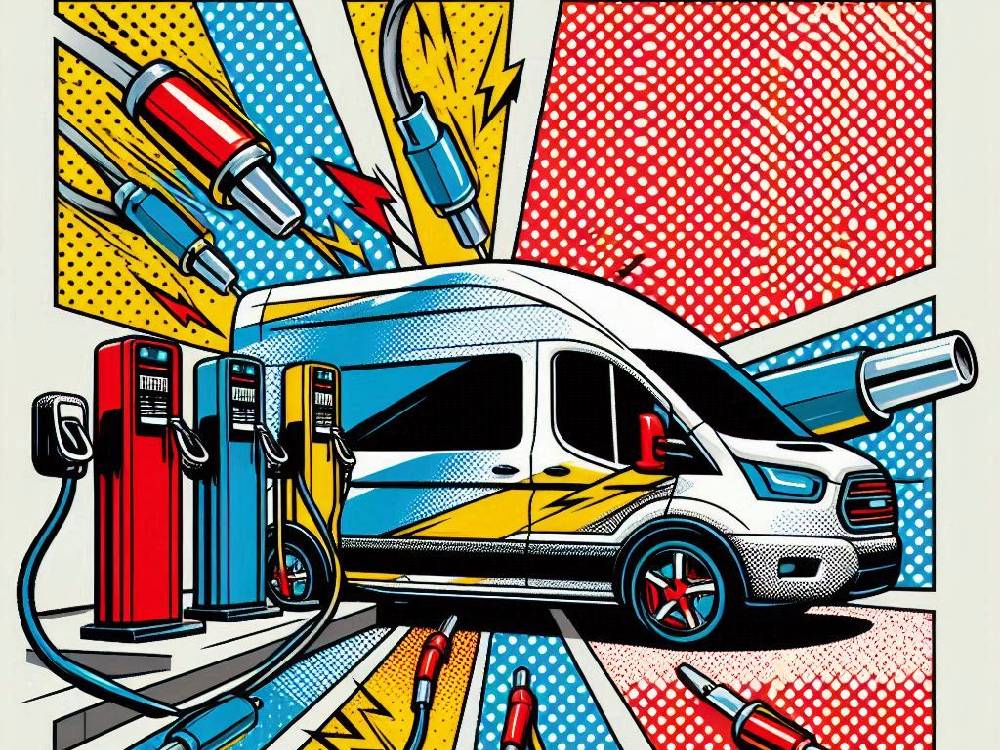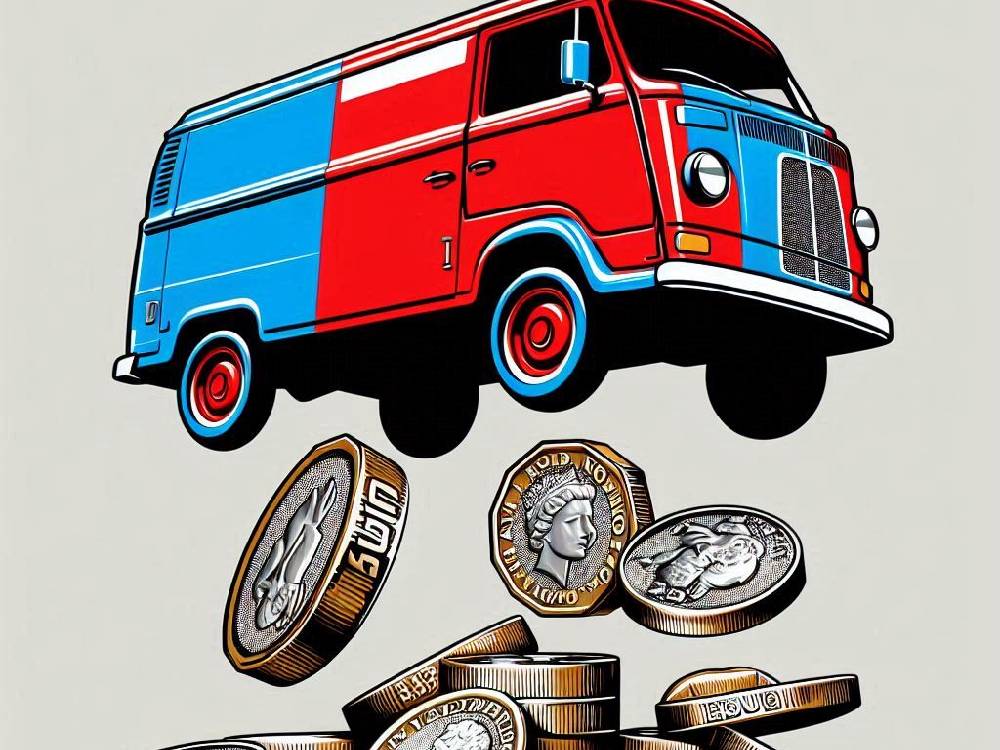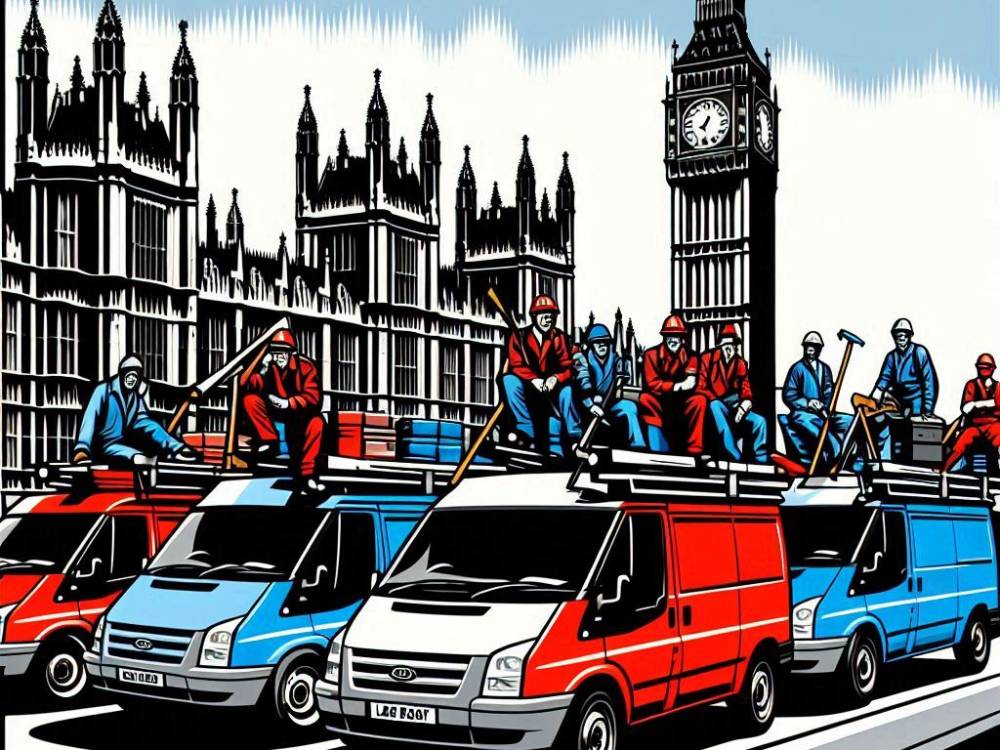Introduction
One simple mistake. Jumping into an Amazon van.
One unforgettable adventure.
And an essential lesson for every van driver across the UK.
It might sound unbelievable at first.
However, this real-life story shows exactly how fast things can go wrong.
Especially when you least expect it.
After all, if you drive a van, you already know that unexpected risks come with the job.
This is the incredible story of Pepper — the dog who accidentally hitched a ride in an Amazon delivery van from Leominster to Birmingham.
Yet, this isn’t just a funny tale.
Instead, it highlights why Van Insurance matters more than ever.
Let’s break down exactly what happened — and more importantly — what van drivers like you can learn from it.
How Pepper Hitched A Ride In An Amazon Van
To begin with, it was a normal Saturday in Leominster, Herefordshire.
However, things were about to take a surprising turn.
Caroline Doyle’s Jack Russell, Pepper, slipped out of the family house after a door was accidentally left open.
What happened next is hard to believe — yet impossible to ignore.
As the Amazon driver was busy taking a photo to confirm a delivery, Pepper seized her chance.
Without the driver noticing, she jumped into the back of the Amazon van.
Before anyone realised what had happened, the van was already on its way to Birmingham — 67 miles away.
Accidents like this can happen in seconds.
But their impact can last much longer.
The Power Of Social Media Saves The Day
Naturally, the family was devastated.
After all, they had no way of knowing where Pepper had gone.
Worse still, there was no registration number captured on camera.
However, Caroline acted fast.
She turned to Facebook, posting pictures and asking for help.
Fortunately, this is where social media really shines.
It didn’t take long for the post to spread.
Soon enough, the driver’s daughter saw the online appeal.
Without delay, she contacted Caroline’s family.
Moments later, the call came that everyone had been hoping for:
“They’ve found her. They’ve found her.”
This outcome was a huge relief — but it could easily have ended very differently.
Why This Story Matters To Van Drivers
You might be wondering what this has to do with Van Insurance.
Simply put — everything.
Accidents like this are rare.
Nevertheless, they show why every van driver needs to stay vigilant.
After all, unexpected situations are part of the job.
And when they happen, your insurance could be the only thing protecting you from massive costs.
In the world of van driving, it’s always better to be safe than sorry.
Mistakes happen.
But with the right insurance, they don’t have to become disasters.
Before heading off, van drivers should always:
- Check the back of the van.
- Lock all doors securely.
- Confirm their van insurance is up to date.
Failing to do so could result in expensive claims — or worse — liability issues.
To avoid confusion, it’s also important to know whether your vehicle is classified as a van or a car.
This can impact your policy more than you realise.
Are You Driving A Car Or A Van? Check Your Insurance Policy
Van Insurance: How To Stay Protected In Unusual Situations
While Pepper’s story ended happily, not every accident does.
Therefore, it’s essential to make sure your van insurance covers more than just the basics.
After all, the cheapest van insurance doesn’t always mean the best.
In fact, focusing solely on price could leave you under-insured.
Instead, look for policies that offer protection for:
- Accidental damage.
- Theft.
- Liability cover for unexpected incidents.
Furthermore, investing in telematics technology can offer real peace of mind.
These devices not only track your driving but also help prevent theft or unauthorised access.
This could save you money on your premiums — while boosting your vehicle’s security.
How Telematics Devices Can Save You Money On Van Insurance
Lessons For Tradespeople And Delivery Drivers
If you’re a tradesperson or delivery driver, this story should really hit home.
Although Pepper’s story is unique, the risk of human error is not.
Busy days lead to small mistakes.
And small mistakes can lead to big claims.
Therefore, taking simple precautions can protect your business — and your reputation.
Consider this:
Would you want a viral story about your van for all the wrong reasons?
Of course not.
Instead, focus on:
- Completing regular vehicle checks.
- Securing all doors before driving off.
- Reviewing your insurance cover regularly.
This could not only protect your van but also help you access very cheap van insurance rates.
Saving Money On Van Insurance — The Smart Way
So what’s the key takeaway here?
Accidents will always happen.
However, your response — and your insurance — can make all the difference.
Let’s be honest.
Nobody wants to overpay for van insurance.
But going for the cheapest van insurance without checking the details is risky.
That’s why it’s essential to look beyond the price tag.
Instead, focus on value.
After all, the goal is simple:
Pay less — but protect more.
To save money without sacrificing cover, smart van drivers should:
- Compare multiple quotes from trusted providers.
- Look for policy extras that add real value.
- Check for hidden charges or exclusions.
- Install telematics or security devices to cut premiums.
- Regularly review policies as your needs change.
And here’s something else.
Certain driving habits can reduce your insurance costs over time.
Driving safely.
Avoiding claims.
Maintaining your van properly.
These things add up — often more than you think.
For more actionable tips, check out:
Instantly Lower Your Van Insurance And Save Big
Could This Happen To You?
Let’s face it.
If Pepper could sneak into a van unnoticed, so could something else.
Or worse — someone else.
Therefore, it’s vital to treat every journey as a potential risk.
It doesn’t matter whether you’re making local deliveries.
Or driving long distances for work.
Unexpected things happen all the time.
And while luck saved Pepper…
Luck is not a strategy.
Proper van insurance is.
If you haven’t reviewed your policy recently — now is the time.
Protecting your van is protecting your livelihood.
For drivers in the UK, this is more important than ever.
With thefts on the rise and road risks increasing, staying protected is crucial.
Need help finding very cheap van insurance that doesn’t cut corners?
Start your search today:
Conclusion
In the end, Pepper made it home safely.
Thanks to the kindness of strangers — and the power of social media — disaster was avoided.
But this story serves as a timely reminder.
For van drivers across the UK, accidents like this can have serious consequences.
That’s why staying alert, doing your vehicle checks, and having the right insurance cover is essential.
The good news?
You don’t have to overpay to stay protected.
With the right approach, you can get the cheapest van insurance — without risking your peace of mind.
Want more expert advice on van insurance?
Check out these must-read guides:


